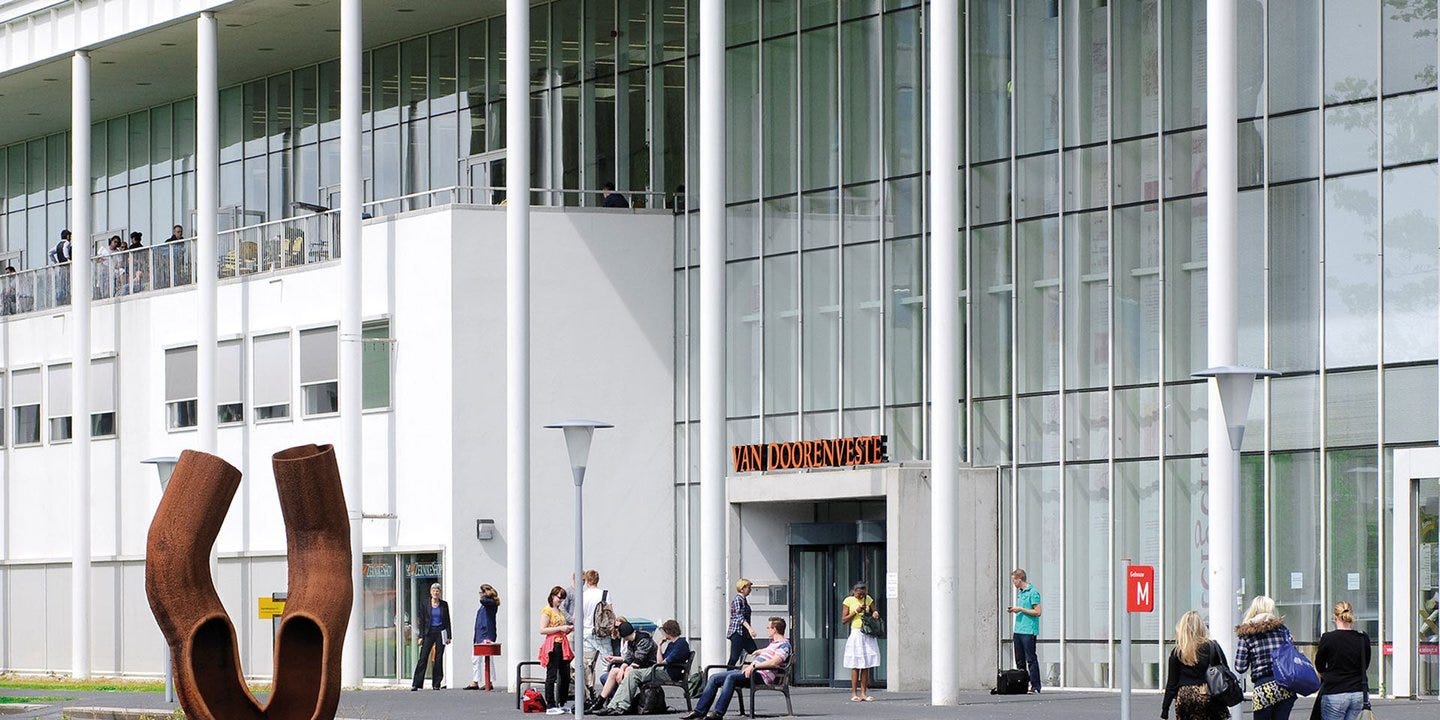Groningen's Economy Shrinks Again, But New Growth is Emerging
As Groningen's economy shrinks with the end of gas extraction, new sectors begin to drive cautious growth while the rest of the Netherlands sees steady economic gains.
The Dutch economy grew by 1.0% in 2024, but not every region shared in the success. Groningen’s economy shrank again, mainly because of the final shutdown of gas extraction. However, outside of gas, new sectors are beginning to take over — offering hope for the future.
Economic Shrinkage in Groningen
According to Statistics Netherlands (CBS), Groningen’s economy shrank by 4.1% in 2024. Although that’s an improvement compared to the huge 11.1% drop in 2023, it still makes Groningen the only province with a shrinking economy while the rest of the Netherlands grew.
The main reason is the complete stop in gas production. Gas was historically a major driver of Groningen’s economy, but production had been scaled down since 2018 and was finally halted in April 2024. This phase-out was necessary because of the damage caused by gas extraction, such as earthquakes and land subsidence.
The areas most affected are:
East Groningen: –9.6%
Delfzijl and surroundings: –5.9%
Other parts of Groningen: –2.9%
Other regions with small declines were North Friesland, the Zaanstreek, the Noordoostpolder/Urk, Leiden/Bollenstreek, and South Limburg.
Signs of a Positive Shift
However, when gas extraction is not included, Groningen's economy actually grew by 1.0% in 2024. This shows that other sectors are stepping up:
Information and communication (like tech companies),
Healthcare and government services (public jobs).
East Groningen, for example, grew by 1.5% outside of gas. Delfzijl and surrounding areas, and the rest of Groningen, also saw small but meaningful growth (0.9%).
What this could mean:
Groningen is slowly reducing its dependence on natural gas.
New sectors like tech, healthcare, and public services could become the new pillars of the local economy.
It will likely take years for Groningen to fully recover and grow at the same pace as other provinces, but the foundations are starting to shift in a more sustainable direction.
Growth in the Rest of the Netherlands
Elsewhere, things looked much brighter:
Drenthe and Zeeland led with 1.8% growth, helped especially by healthcare and government jobs.
The big cities (The Hague, Amsterdam, Utrecht, Rotterdam) also grew well, between 1.1% and 2.0%.
The fact that government and service sectors are leading growth shows that public investments are keeping regional economies strong, even when global economic conditions are uncertain.
Strongest Growth: IJmond
The fastest-growing region was IJmond (North Holland), with 4.5% growth, almost entirely due to industrial activity, including companies like Tata Steel.
What this could mean:
Regions with strong industries are bouncing back quickly.
Diversifying the economy — having a mix of industries like manufacturing, tech, healthcare, and services — seems crucial for long-term stability.



